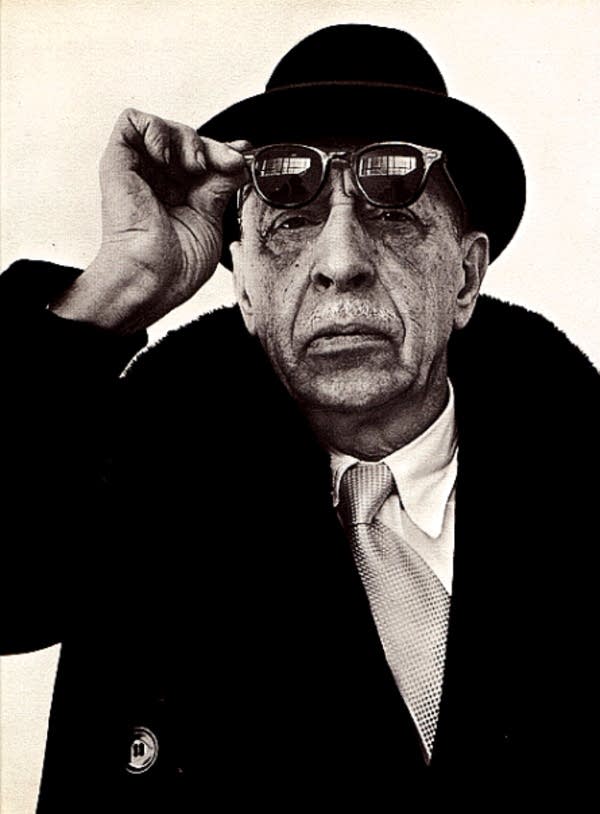
This special episode of Learning to Listen commemorates the 100th anniversary of the premiere of Igor Stravinsky's The Rite of Spring.
Let's start with a little context, first though. In the early part of the 20th century, popular classical composers included Edward Elgar, Maurice Ravel, Gustav Mahler and Sergei Rachmaninoff.
So when audience members of the Theatre des Champs-Elysees in Paris heard the bizarre opening to The Rite of Spring, they didn't know what to think.
Those opening sounds come from a bassoon - but we almost never hear a bassoon play so high. It made the bassoon sound like a different instrument all together.
In fact, in the first several moments, we hear nothing but woodwinds. Weird ones. Like that high bassoon, the English horn, the E-flat clarinet, the alto flute, and bass clarinet which is the lowest playing clarinet. These instruments rarely, if ever, had their moment in the spotlight before Stravinsky's Rite of Spring.
So when do we hear the strings? Well, the strings kind of sneak in, almost imperceptibly, but their first true statement comes at the beginning of the second movement (at 3:31 in the video).
The Rite of Spring is a highly organized piece, even though it might sound a bit chaotic at times. It's not organized in the same way that someone like Johann Sebastian Bach or even Johannes Brahms wrote. Stravinsky used something called "pitch-class sets" to organize much of The Rite of Spring.
This type of musical construction, using pitch class sets, was a relatively new way to compose music in the beginnings of the 20th century. So new that the method for analyzing music written this way wasn't really codified until some 20 years after the premiere of The Rite of Spring.
All of that to say, the harmonies of the music in the Rite of Spring itself would've put off audience members, independent of whatever instruments Stravinsky chose to use. Stravinsky used a sophisticated process to organize the melodies and harmonies in his piece.
If you'd like to learn more about the construction of The Rite of Spring from the standpoint of music theory, look into a book called The Harmonic Organization of The Rite of Spring, written by professor Allen Forte.
Another alarming aspect of The Rite of Spring is the aggressive percussion. Again, Stravinsky gave important parts to either unknown percussion instruments, or percussion instruments that more often play a supporting role in an orchestra. One of the lesser known is a wooden Latin-American instrument called the Guiro, which makes scraping and tapping noises.
Percussion like the bass drum got more attention from Stravinsky, as well as the timpani and the "tam tam". The tam tam is colloquially referred to as a "gong".
For the audio in the accompanying audio podcast, I used the seminal recording from Leonard Bernstein and the New York Philharmonic, a reissue from the 1958 recording that Stravinsky liked.
Other music samples include:
Edward Elgar: The Wand of Youth, Bryden Thomson, Ulster Orchestra. Chandos 8318
Maurice Ravel: Daphnis and Chloe, Charles Munch, Paris Orchestra. EMI 69957
Gustav Mahler: Symphony No. 5, Daniel Barenboim, Chicago Symphony Orchestra. Teldec 23328
Sergei Rachmaninoff: Piano Concerto No. 3, Lang Lang, Yuri Temirkanov, St. Petersburg Philharmonic Orchestra. Telarc 80582
Love the music?
Show your support by making a gift to YourClassical.
Each day, we’re here for you with thoughtful streams that set the tone for your day – not to mention the stories and programs that inspire you to new discovery and help you explore the music you love.
YourClassical is available for free, because we are listener-supported public media. Take a moment to make your gift today.


